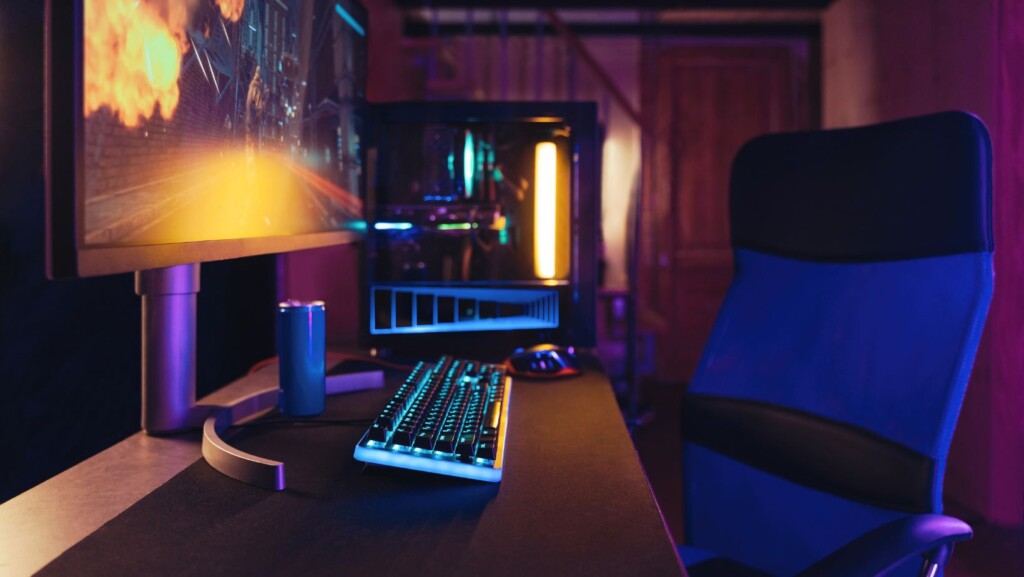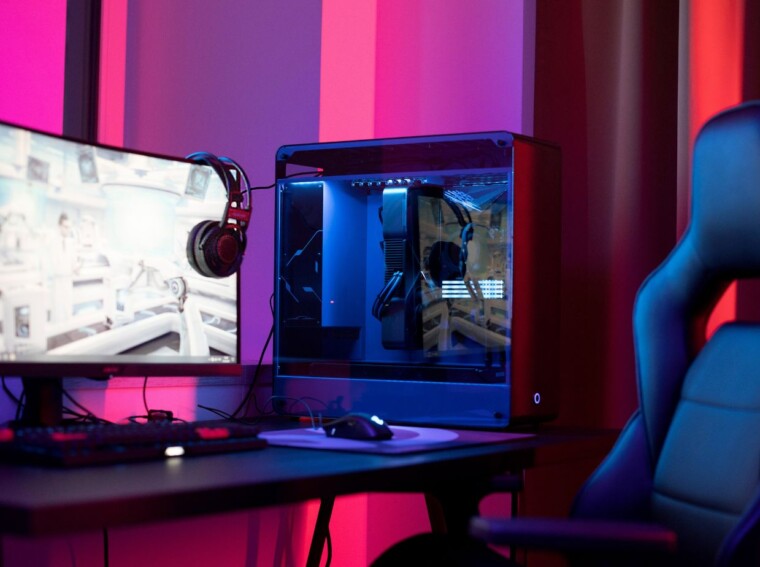The gaming world wouldn’t be the same without the massive variety of PC titles we’ve come to love. They have provided countless hours of fun. PC gaming has a rich history that goes back many decades before it became popular. Many fans of today’s first-person shooters, strategy games, and simulations may not know this. Unlike console gaming, PC games initially thrived on technology not designed for entertainment. PC gaming has come a long way. It ranges from retro classics to esports tournaments, supported by platforms like 22Bet. This evolution impacts how we play and bet now.
How The First PC Games Came To Be
It all started in 1962. MIT student Steve Russell made Spacewar! This game is known as the first computer-based video game. Some even earlier games came before, like OXO. Inspired by tic-tac-toe, this game was programmed by A.S. Douglas from Cambridge in 1952. The most popular multiplayer games to come started with Spacewar. In this game, two players use spaceships to fight each other while orbiting a planet. You can relax. If another gaming system were as big as a car, no one would doubt the size of a PS5. Take the PDP-1 computer that ran Spacewar, for example. Spacewar didn’t make it to living rooms, but it was popular on big research computers in the 1960s.
How Pong Influenced Gaming For Generations
Gaming might not have evolved as it did if Allan Alcorn hadn’t created Pong in 1972. Even though it wasn’t on personal computers that we know today, Pong was a key moment in gaming history. The super popular tennis-style game had two players using sliding paddles. They fought to score 11 points. This game helped Atari succeed and started the rise of at-home gaming.

What The First Personal Computers Brought To Gaming
The launch of the IBM Personal Computer in 1981 marked a major turning point for home computing and gaming. It offered impressive power and speed in a compact design. Most modern PCs are based on the basic concept of this computer, released over 40 years ago. One early standout for the IBM PC was Microsoft Flight Simulator. It tested the computer’s processor, memory, and graphics. This challenge continues with newer versions today. The best-selling personal computer ever, the Commodore 64, came out in 1982. It had over 10,000 compatible games. This greatly boosted PC gaming in the following years. In the 1980s, PC games had some great highlights. Zork was the first text-based adventure game. A graphical version of The Oregon Trail also became very popular in classrooms and homes.
How The First FPS Titles Changed PC Gaming
By the early ‘90s, MS-DOS machines had taken over the market, setting the stage for a PC gaming boom. They featured the VGA graphics standard and a resolution of 640×480. The video card and graphics industry hit many early milestones in this decade. This was helped by the launch of OpenGL in 1992. Improved graphics made first-person shooters a favorite genre. Wolfenstein 3D debuted in 1992, and then Doom changed the game in 1993. Both games were key FPS titles. They set a winning formula for today’s shooters. Later in the decade, Quake and the Unreal Engine would only cement the 1990s impact of shooters on the history of PC games.

The Future Of PC Gaming
The first decade of the 2000s brought amazing changes to the consumer PC hardware market. Intel, AMD, and Nvidia boosted personal computers’ processing and graphics power. As a result, high-resolution flat-screen monitors are now supported. Gaming PCs, with unique parts and designs, have grown more popular. Steam, launched in 2003, has become very popular. It serves as a central hub for PC games. With over 50,000 titles, it includes classic games that showcase the best in PC gaming history. The future of PC gaming looks bright. Virtual reality and new tech are creating amazing immersion.

